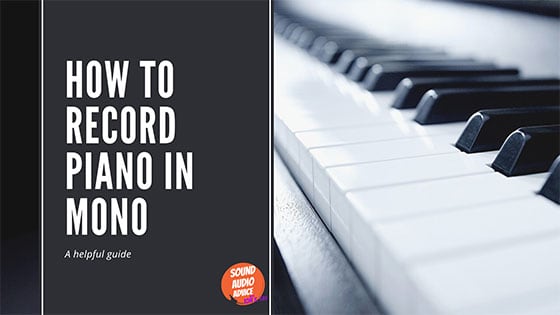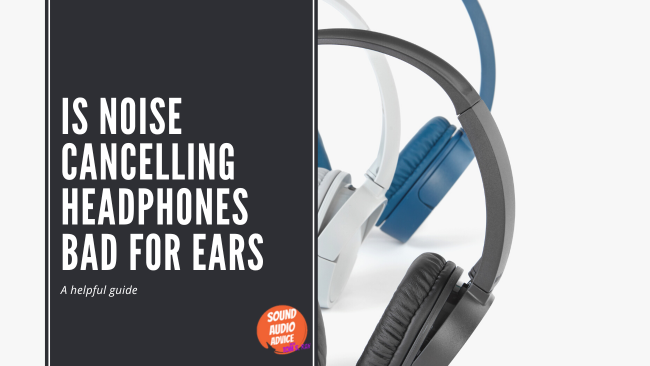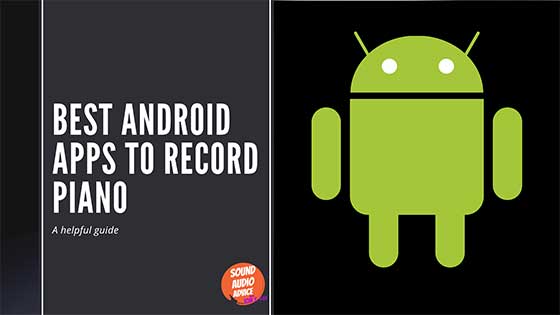How to record piano in mono

How to tune rock guitar
December 25, 2022
Best Android apps to record piano
December 26, 2022How to record piano in mono
In this article, I’ll explain step by step process of recording piano in mono on your computer.
Step by step instruction on recording piano in mono
To record piano in mono, you will need to have a microphone and a device to record audio, such as a digital audio workstation (DAW) or a portable recorder. Here are the steps you can follow:
Set up your microphone: Place the microphone in front of the piano, about a foot or two away from the sound hole. If you are using a directional microphone, make sure it is pointed towards the sound hole.
Connect the microphone to your recording device: If you are using a DAW, you will need to connect the microphone to your computer using an audio interface or a USB microphone. If you are using a portable recorder, you will need to connect the microphone using a cable. To record piano in mono you only need one microphone.
Set up your recording device: Open your DAW or turn on your portable recorder. Make sure that the input from the microphone is selected and that the recording level is set correctly.
Record your performance: Play the piano and the recording device will capture the audio. If you are using a DAW, you can use the built-in metronome to keep time.
Edit and mix the recording: If you are using a DAW, you can use the built-in editing and mixing tools to adjust the volume, add effects, and more. If you are using a portable recorder, you will need to transfer the audio file to a computer to edit it.
Remember to use headphones to monitor the audio as you record to ensure that the microphone is capturing the sound accurately. It is also a good idea to do a few test recordings to get a feel for the microphone placement and recording levels before you start the actual recording.
Thanks for reading. Hope that was helpful!
Tom
I’m Tom S. Ray and I’m head mastering engineer at Audio Unity Group. I also hold a bachelor with honours degree in music from Kingston University in London, I lecture mastering to students in Edinburgh College and to my online students via my Mastering Mastery audio mastering online course.







